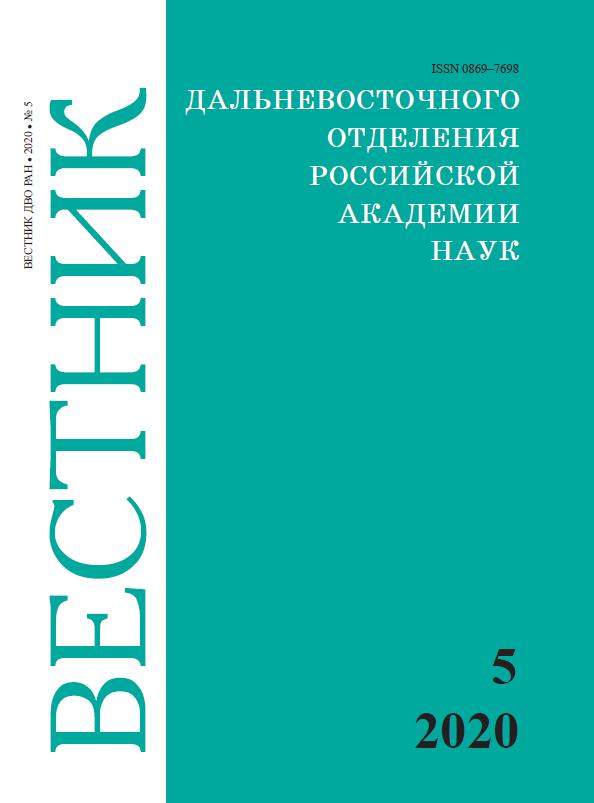Biogeochemical role of anaerobic methane oxidation in marine bottom sediments of the Southern Ocean. S.S. DUBOVCHUK, A.L. PONOMAREVA, M.S. BAKUNINA, O.I. ESKOVA, R.B. SHAKIROV, A.I. OBZHIROV, N.S. POLONIK
Keywords:
methane, methanotrophic bacteria, Southern Ocean, anaerobic oxidation, sulfate reduction, denitrification, reverse metagenesisAbstract
Biogeochemical role of anaerobic methane oxidation in marine bottom sediments of the Southern
Ocean. S.S. DUBOVCHUK1,2, A.L. PONOMAREVA1, M.S. BAKUNINA1,2, O.I. ESKOVA1,2, R.B. SHAKIROV1,
A.I. OBZHIROV1, N.S. POLONIK1 (1V.I. Il’ichev Pacific Oceanological Institute, FEB RAS, Vladivostok; 2Far Eastern Federal University, Vladivostok).
Marine bottom sediments are the largest reservoir of organic matter on Earth. The biogeochemical cycle of methane in water links the anaerobic destruction of organic matter with production processes. This cycle consists of the formation and oxidation of methane, which involves specialized groups of microorganisms that play an important role in the global organic matter cycle and the gas regime of the oceans. Methanotrophic microorganisms oxidize methane both aerobically and anaerobically, significantly reducing the release of this greenhouse gas into the atmosphere. Among the world’s oceans, these processes are least studied in polar regions, despite their importance for studying greenhouse gas flows that affect global climate changes. These aspects require increased research in the Southern Ocean, as methanotrophic bacteria play an important role in the ecology and functioning of highly bio-productive ecosystems.
To date, our understanding of phylogenetic diversity, genome capabilities and specific adaptations to this in a constantly cold environment and in anaerobic conditions of bottom sediments is limited. During the scientific expedition of the Russian Academy of Sciences aboard the R/V “Academic Mstislav Keldysh”, flight 79, we found anomalies of methane up to 1000 nl/l in the bottom layer of the water column in the area of the Bransfield Strait, as well as strains of thermophilic, oil-oxidizing and methanotrophic bacteria, which analysis in coastal laboratories is of great interest.
The article provides an overview of the relevance and perspective directions of research on the problem of gastrophic microorganisms in the Southern Ocean.


